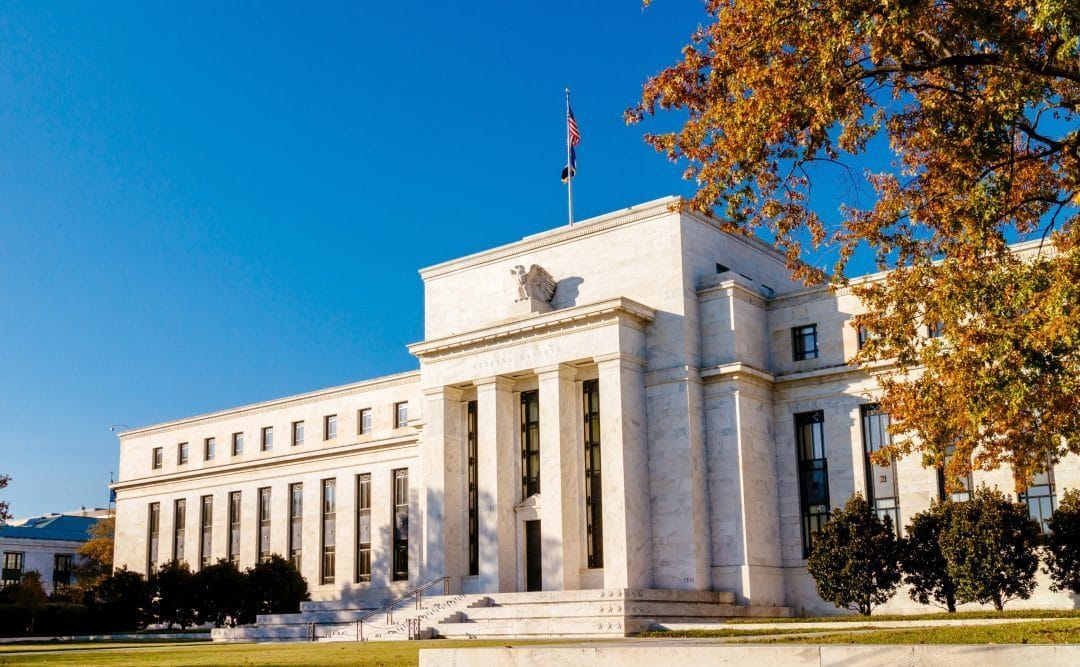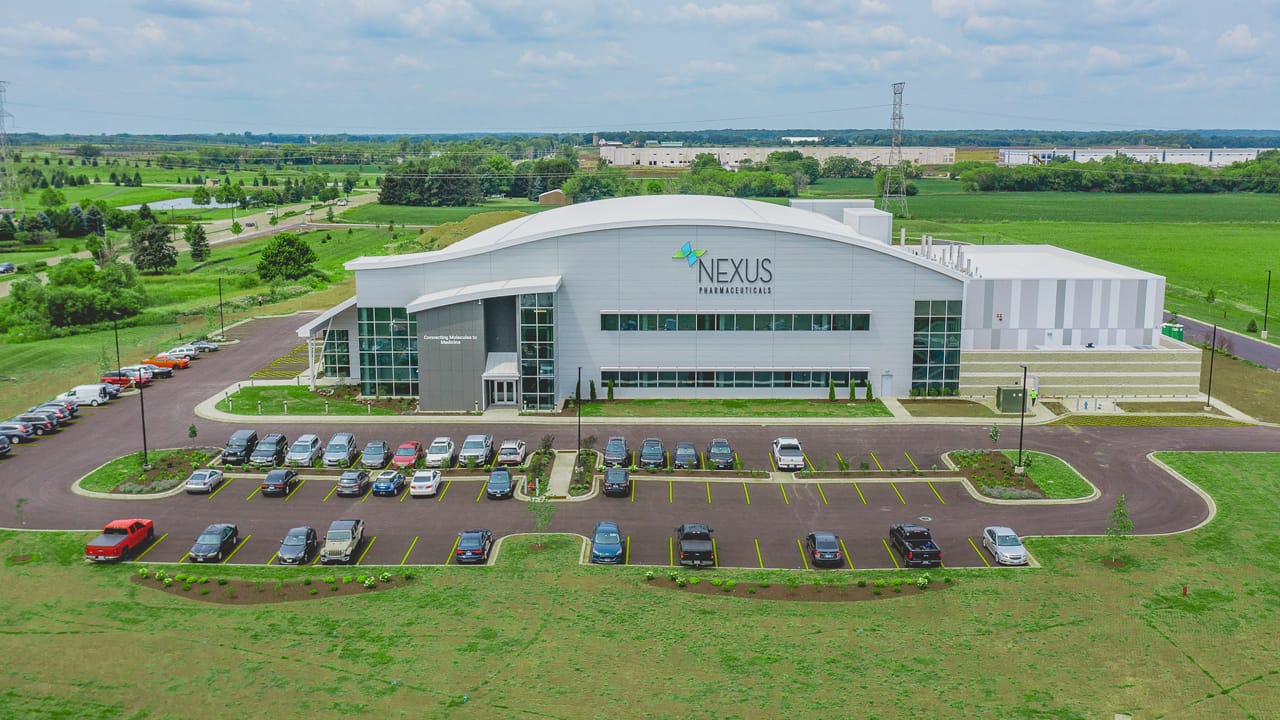The anticipation of a Federal Reserve rate cut has traders on edge as they factor in the ever-present risk of inflation data exceeding expectations. While a rate cut could provide a temporary boost to the economy, hot inflation data may cause the Fed to reconsider this decision, potentially destabilizing the market. Understanding the implications of a rate cut in the face of inflation is crucial for traders seeking to navigate unpredictable market conditions.
The Federal Reserve’s decision to cut interest rates sends a signal to investors that the economy is weakening or faces potential slowdowns. Lower interest rates can make borrowing cheaper, stimulate consumer spending and business investment, and encourage the expansion of various economic sectors. Traders and investors typically respond to such measures by abandoning safe-haven assets such as government bonds and diving into riskier investments in hopes of reaping higher returns.
However, the potential consequences of a rate cut are more complex when considering inflation. Inflation is the rate at which the general level of prices for goods and services is rising, and subsequently, the purchasing power of currency is falling. When inflation climbs too high, it can erode the value of a country’s money and undermine consumer and investor confidence in the economy. The Federal Reserve uses tools such as interest rates to keep inflation in check, but when inflation is too hot, it may reconsider easing or even raise rates.
A situation where inflation data is unexpectedly high can have several negative effects on the economy and financial markets. Higher-than-expected inflation can lead to increased uncertainties in the market, causing investors and consumers to become wary of riskier investments and spending. In turn, this can lead to reduced consumer spending, slowed business expansion, and a decrease in the demand for labor – all of which can negatively impact economic growth. In this scenario, traders may backtrack on their anticipation of a rate cut.
On the other hand, the Federal Reserve must carefully balance the risks associated with total inflation and the benefits of a rate cut. If inflation is too hot, a rate cut may exacerbate the problem by fueling more inflation, potentially leading to a vicious cycle. Conversely, if the Fed hikes rates in response to hot inflation data, it may cause the economy to cool down too much, stalling growth or even causing a recession.
The above factors highlight the complexity of evaluating traders’ views on a Fed rate cut amid inflation data trending higher than anticipated. The key for traders and investors is to closely monitor the economic indicators and Federal Reserve decisions to make informed financial choices. By doing so, they can minimize downside risk exposure and maximize potential opportunities that arise as the market evolves in response to economic trends and monetary policy changes.



